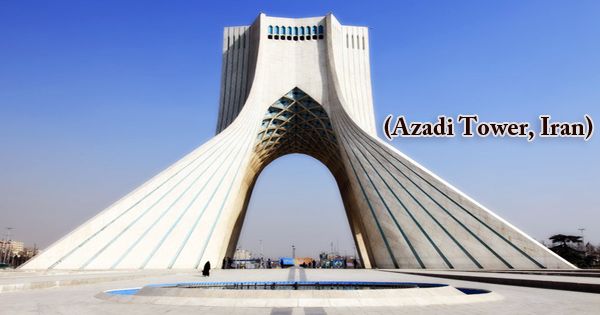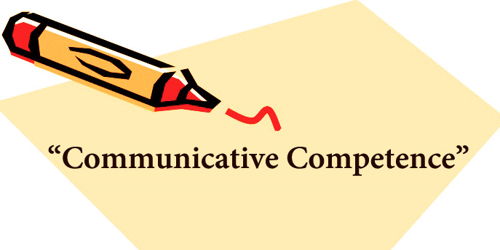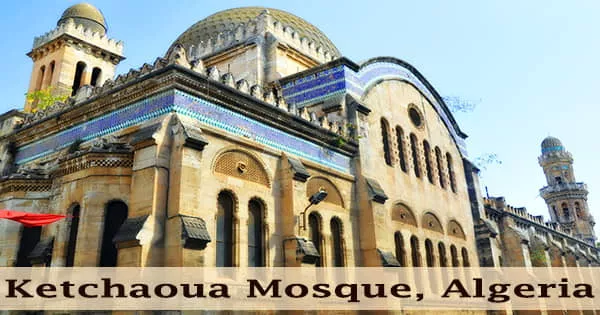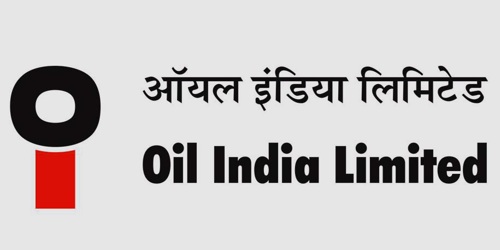One of the symbols of the great city of Tehran is the Azadi Tower (Persian: برج آزادی, Borj-e Āzādi; “Freedom Tower”). A monument on Azadi Square in Tehran, Iran, was formerly known as the Shahyad Tower (Persian: برج شهیاد, Borj-e Šahyād; “Shah’s Memorial Tower”). It is one of Tehran’s landmarks, marking the city’s west entrance, and is part of the Azadi Cultural Complex, which has an underground museum as well. On the hill in the western part of the region, laconic, simple forms of snow-white marble structure rise. Memorable architecture has made the tower part of the list of top attractions in Tehran. The tower is about 148 feet (45 meters) tall and is entirely covered in cut marble. It was commissioned to mark the 2,500th year of the establishment of the Imperial State of Iran by Mohammad Reza Pahlavi, the last Shah of Iran, and completed in 1971. The 165ft (50-meter) tall skeleton is clad in 8,000 blocks of white marble from Esfahan that are cut into different geometric shapes, incorporating elements of both pre-and post-Islamic architecture. It marks the west entrance to the capital city and stands on a cultural complex of 540,000sq ft (50,000sq meters) known as Azadi Square, which, through its immaculately landscaped lawn, pristine flowerbeds, and flowing fountains, incorporates the ideals of the typical Persian Garden. The tower’s construction began in 1972. The monument was commissioned by Iran’s last Shah. To celebrate the 2500th year of the Persian Empire, Mohammad Reza Pahlavi wanted the tower. In tandem with contemporary accomplishments and growth, Azadi Tower reflects Iran’s great history and heritage.
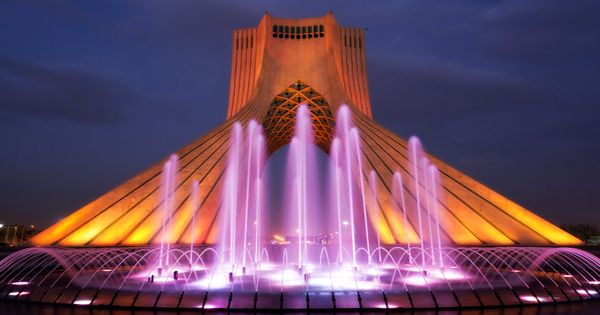
Azadi Tower, Tehran, Iran
Architect Hossein Amanat was assigned to design the tower after winning a competition. His designs were based on Iranian classical and post-classical architecture, common influences on art after the White Revolution in the 1960s. They first referred to the tower as the Gate of Cyrus, Darvaze ye Kurosh. They also chose to formally call it the Memorial Tower of Shahyad Aryamehr Shah. Before the Islamic Revolution, the name remained the same for the next 7 years. The Tower got the name we know today as Azadi, or Independence, in 1979. The monument contains 8,000 blocks of stone, constructed with white marble from the Isfahan Province. The stones were all located and supplied by Ghanbar Rahimi, who was well known for his extensive knowledge of quarries, often known as the Soltān-e Sang-e Irān (“Iran’s Sultan of Stone”). Computers were used to “define its complex woven surfaces,” which, at the time, was a new technological technique. The Azadi Tower is part of the Azadi complex, where the tower and the underground museum are combined. The museum’s display consists of about 50 historical objects spanning various periods of Iranian history. Supervised by Ghaffar Davarpanah Varnosfaderani, a renowned Iranian stonemason, the main contractor for the building of the tower was the MAP Firm. The project was funded primarily by a consortium of five hundred Iranian industrialists. Pottery, sculptures, gold, and marble pieces can be enjoyed by travelers. Potteries, ceramics, varnished porcelain (such as a blue and gold dish from Gorgan in the seventh century), an illuminated Quran, and miniatures highlighted milestones in the history of the country until the 19th century, depicted by two Empress painted panels and the structure was intended to reflect Farah Pahlavi as mentioned in some ancient texts. Azadi Tower is also a venue for social and cultural activities, such as light installations, concerts, and festivals. In 2015, Tehranis flocked to see the Gate of Words of the German artist Philipp Geist, where Azadi Tower was used as the canvas for a light installation, with words of harmony, love, and independence poetically shone to live music in Persian, English, and German.
